French Drains Explained
How To Install Them
It may be time to think about installing a French drain in your house or garden if you are tired of dealing with pooling water in your garden or flooding in your basement.
There is no better way to divert surface and sub-surface water from your property than with French drains, which are simple and yet effective at doing so.
Our aim in this blog post is to cover all of the basics of French drains, including their design, their benefits, and how to install them on your property, so that you will know everything you need to know about them.
We hope this post will give you the information you need to make an informed decision about whether a French drain is the right option for your water management needs, regardless of whether or not you’re a homeowner, builder, or landscaper.
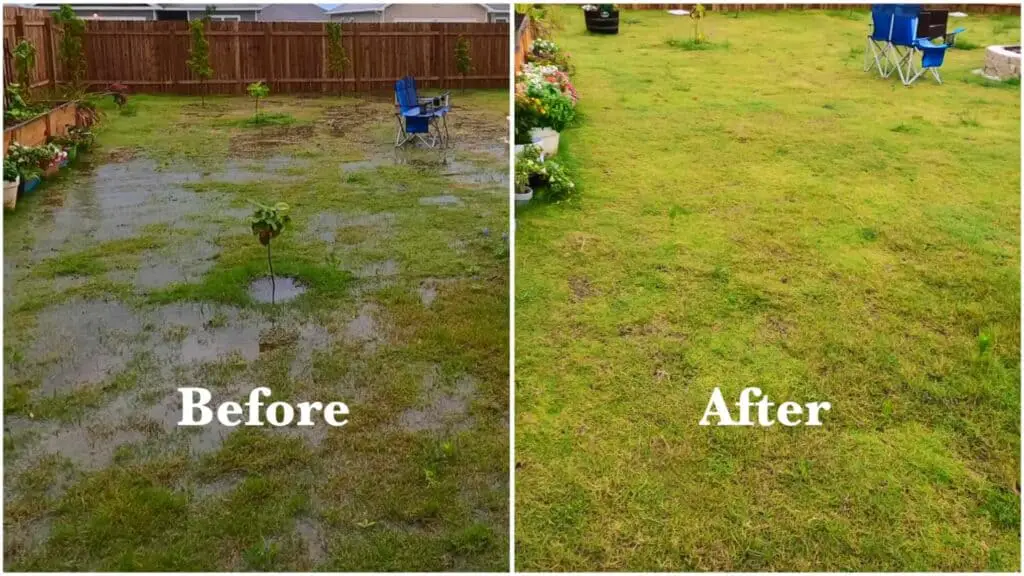
What is a French drain?
A French drain is a trench filled with a perforated pipe wrapped in landscape fabric surrounded by gravel or rock. The trench is dug to redirect surface and subsurface water away from an area.
The gravel, rock or both in the trench allows the water to enter the drain pipe and flow to a safe location, such as a road, ditch, or even a dry well if you have one, where it will be carried away.
As a result of the landscape fabric surrounding the pipe, it prevents mud, soil, grit, and other debris from clogging up the holes in the pipe.
Common uses include preventing pooling water in low-lying areas, preventing basement flooding, or protecting buildings’ foundations.
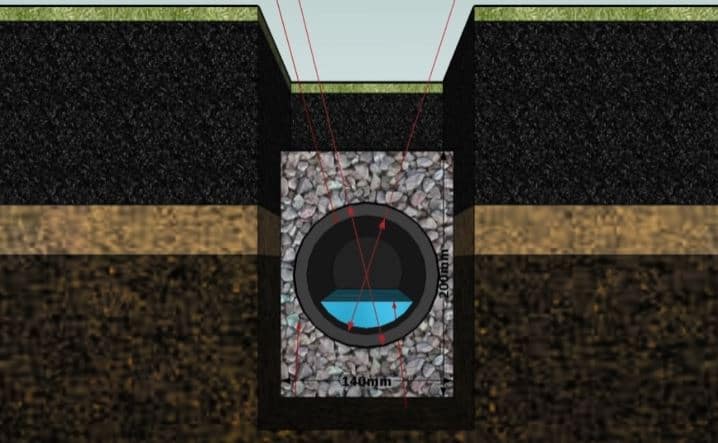
How To Install a French Drain System ?
This drainage system can be installed in just 6 easy steps, get ready to say goodbye to pooling surface water
Step 1: Dig a trench wider than your pipe at a gradient of 1%
Make sure the trench is situated naturally downhill, or dig the trench at a 1% gradient to create your own slope. Gravity will do its part to allow water to drain away to your desired location.
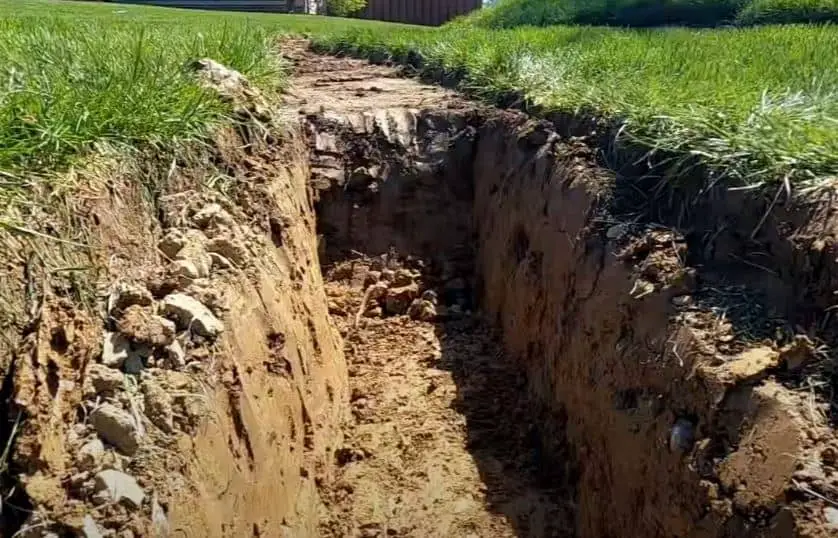
Step 2: Lay a water-permeable landscape fabric also known as geotextile along the trench
It’s almost like wrapping a present when you lay the filter fabric around the pipe and covering the trench. Make sure you have enough fabric on each side to cover the pipe. Make sure that you choose non-woven fabric it allows water to pass through whilst block dirt.
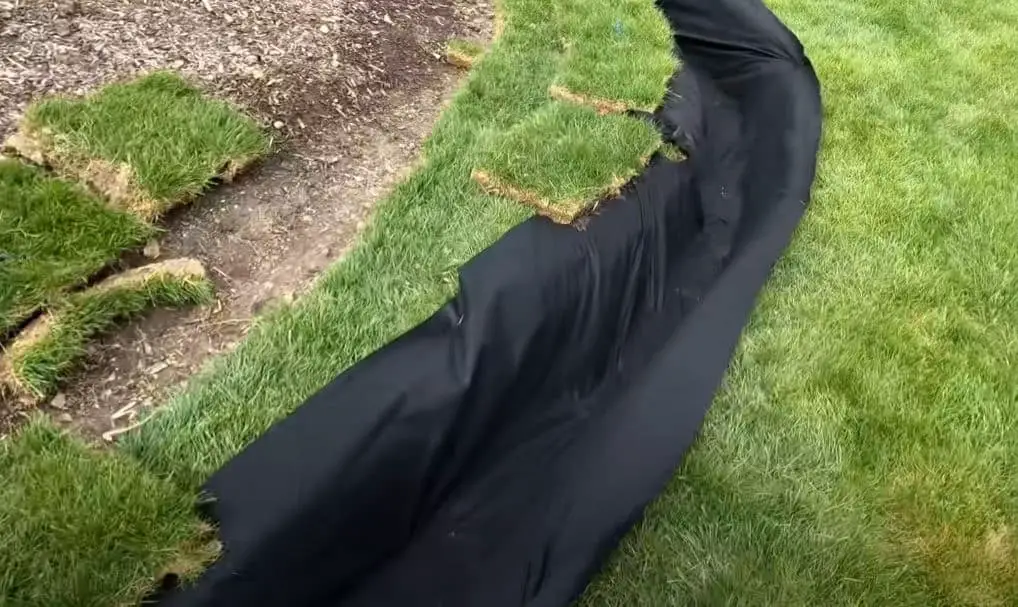
Step 3: Fill the bottom of the trench with aggregate
Standard landscaping aggregate can be used to fill about one third of the trench bottom. Any debris that makes it into the system will flow through holes in the aggregate, allowing the water to flow faster and with fewer blockages. It is best to choose aggregates that measure between 1 and 2 cm in diameter that has been washed beforehand.
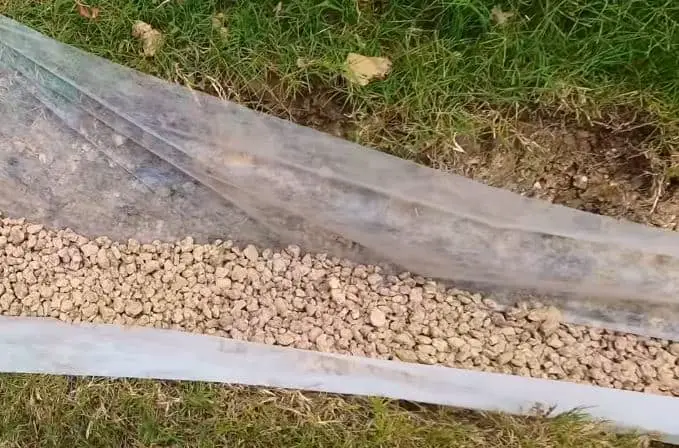
Step 4: Lay the perforated drain pipe onto the aggregate
Lay the drainage pipe with the perforated holes down to ensure that the water will be able to exit the pipe once it is full. In the event that you decide to extend the French drain beyond its capacity, you will need to use strong and stable connectors and couplers in order to do so.
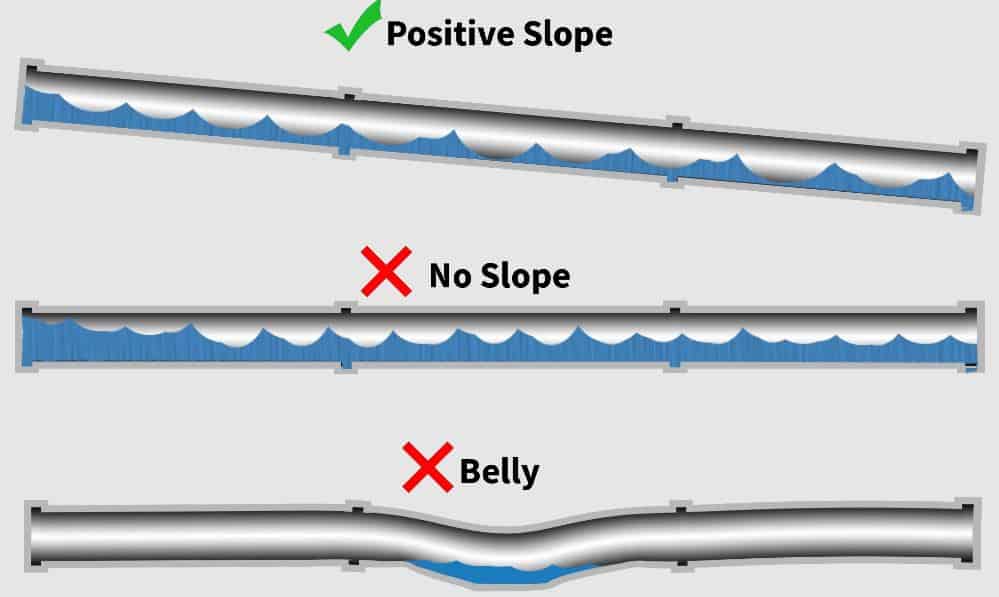
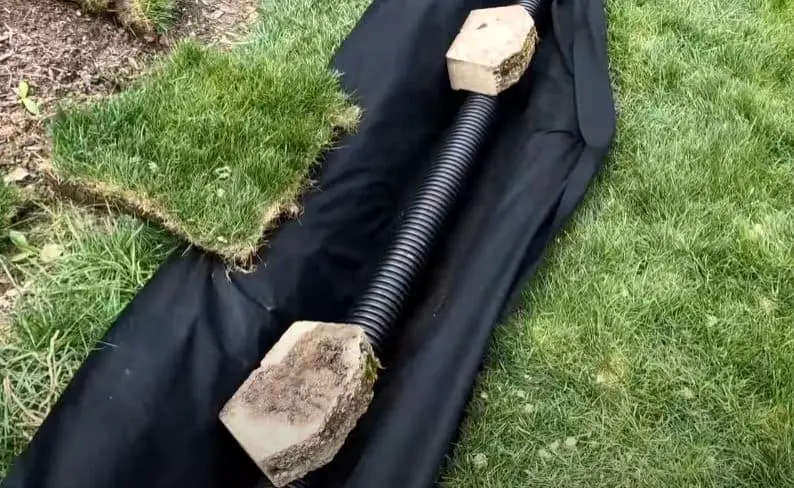
Step 5: Cover the perforated pipe, place more aggregate into the trench
Put more gravel, about 10 cm from the top of the trench, on top of the pipe in the trench.
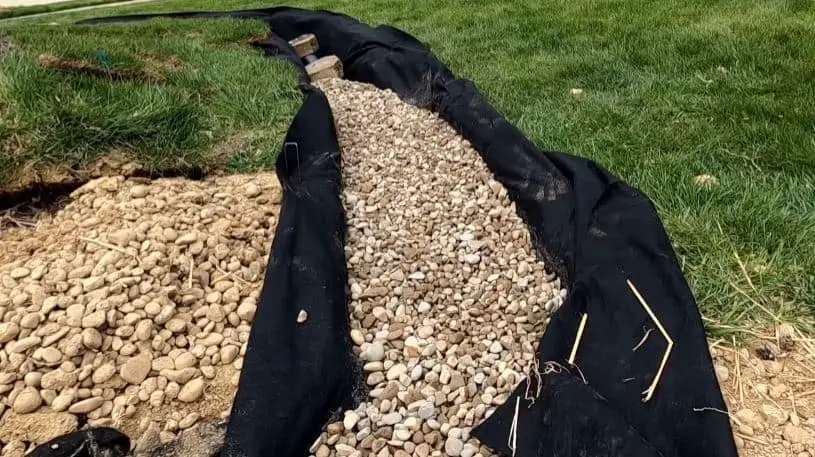
Step 6: Use the remaining fabric to cover the entire French drain
In order to prevent debris from entering the drain and clogging it up, use landscape fabric to wrap over the aggregate and pipe that you have laid in the trench, ensuring there is no space between the edges of the fabric and the edges of the drain. This will prevent debris from entering the drain and clogging it up.
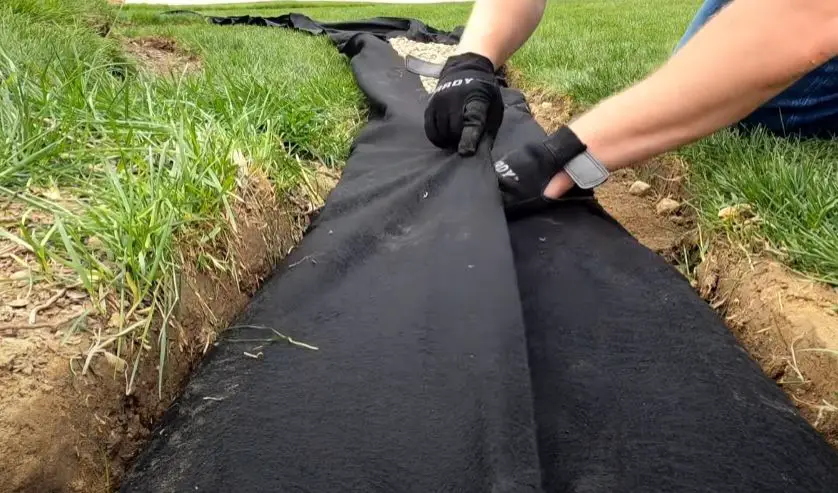
Step 7: Disguise the French drain
You can cover the French drain with soil and grass to conceal its presence, or you could just fill in the remaining trench with more gravel or decorative stones.
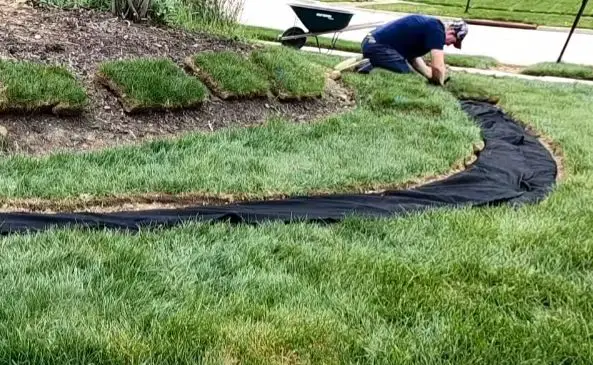
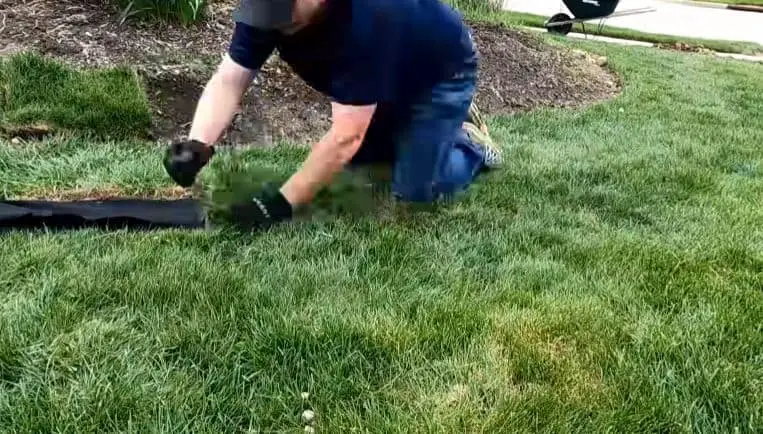
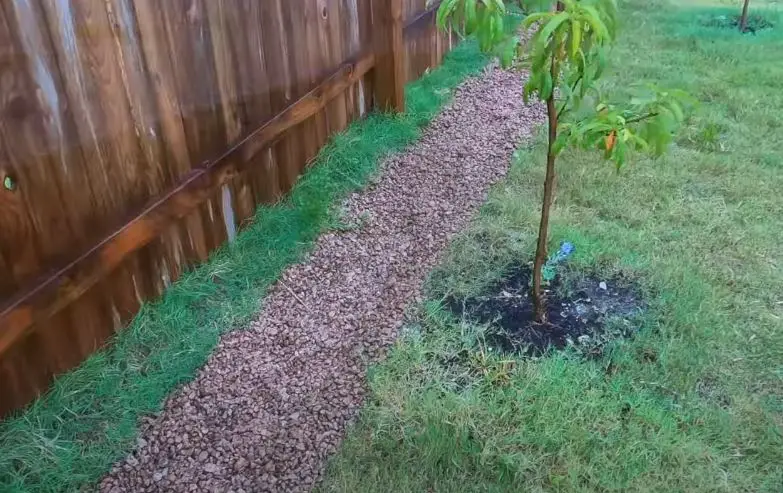
What’s the difference between a french drain and a soakaway?
French drains and soakaways are two drainage systems that are used to move water away from a particular location in different ways.
French drains are underground drainage systems that are typically constructed of trenches filled with gravel or rocks, while soakaways are holes or pits filled with gravel or rocks designed to allow water to seep into the ground. This is the main difference between the two systems.
Water is prevented from pooling in either system and causing damage to buildings or landscapes. In contrast to French drains, soakaway structures are designed to collect and store water in order to allow it to naturally seep into the soil. French drains redirect surface water or groundwater away from specific areas.
How to avoid these 5 French drain mistakes
1- Not Checking
You need to check for the possibility of utility pipes and cables in the area of where you want to install the french drain system.
2- Incorrect Fabric Used Or No Fabric Used.
You must use fabric and the fabric used to install the French drains should be non-woven, basically making it harder for bits of dirt and debris to penetrate through and block the system. This fabric is known by several different names such as: Landscaping fabric, drainage fabric or even geotextile fabric and can vary from one retailer to another.
3- Wrong type of aggregate / gravel used
The material used to fill the trench should be roughly 1cm to 2cm and pre-washed to ensure good flow and prevent clogging.
4- Gravel Only No Pipe Installed
A common mistake homeowners make when intending to install drainage is to forget to install the drain pipe, which means the french drain cannot handle heavy water flow and therefore will not be able to reduce the amount of idle water that collects in the area.
5- No Slope In Pipe
Having a slope of 1% slope is ideal for your drainage pipe. This will ensure that water will drain away from the inlet and that gravity will distribute it throughout your drain lines when it comes to distributing it.
